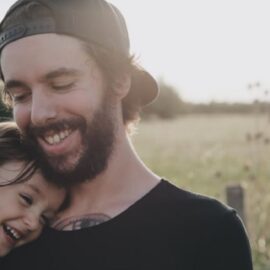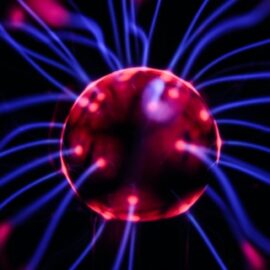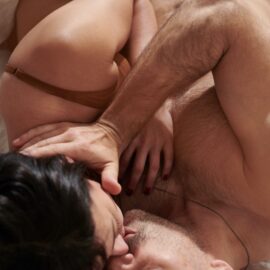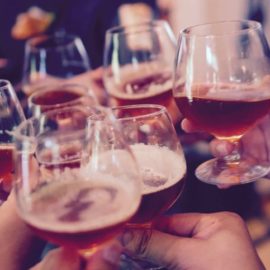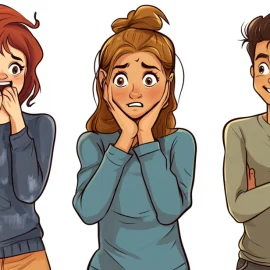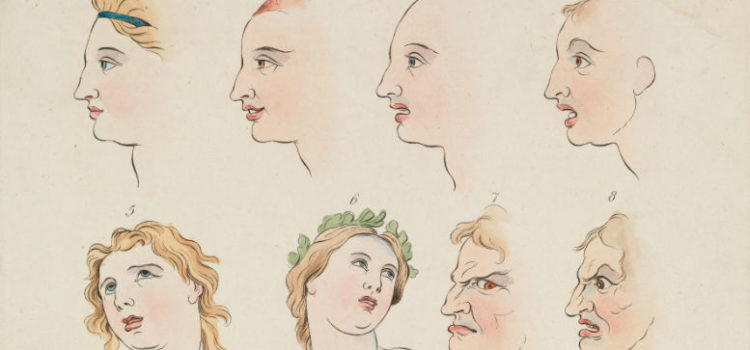
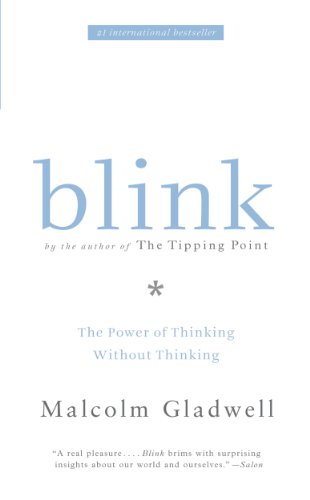
This article is an excerpt from the Shortform summary of "Blink" by Malcolm Gladwell. Shortform has the world's best summaries of books you should be reading.
Like this article? Sign up for a free trial here .
What are microexpressions? Can facial microexpressions be detected by the naked eye?
We can get better at understanding others, and consequently make more accurate judgments about them, by practicing reading people’s microexpressions—facial expressions that last for only a fraction of a second. Microexpressions are almost imperceptible to an untrained, naked eye, but with training, you can become better at detecting them.
Let’s take a closer look at how we “thin-slice” people, or make judgments about them by reading (or failing to read) their microexpressions.
Microexpressions
Humans are highly social animals. Our brains are tuned to cues that can help us navigate the complex social world. An important part of this is being able to make good guesses about what’s going on in other people’s minds. (Shortform note: In psychology, this ability to construct a model of someone else’s mind is called “Theory of Mind.” It includes keeping track of the other person’s knowledge—do they have the same information as I do?—as well as guessing at their emotional state.)
Part of our fluency in mind-reading comes from our ability to use others’ facial expressions to infer their personality and predict their behavior.
Microexpressions are the hardest expressions to catch. They’re almost imperceptible, lasting a fraction of a second. You might be good at broadly controlling the expressions your face makes, but you can’t control these involuntary expressions.
This is how we “thin-slice” people—our unconscious minds make note of subtle muscle movements in the face that are too fleeting for our conscious minds to detect.
(Shortform note: The effectiveness of analyzing facial microexpressions, especially to detect lies, is controversial. First, lies aren’t always associated with microexpressions: One study found them in only around 20% of participants who had been instructed to mask or neutralize their natural expressions. When microexpressions did occur, they were often inconsistent with the emotion being hidden.)
How Much Information Do We Actually Need Before We Can Thin-Slice Accurately?
In microexpression analysis, as with many of Gladwell’s other examples throughout the book (such as the love lab), the answer to improving the quality of our snap judgments seems to lie in training ourselves to be more precise when we make them. However, the training that Gladwell recommends typically relies on categorization systems and databases that have been developed by other people during slow, careful, targeted analysis of a particular domain. The following question therefore arises: Should we use deliberately constructed databases (microexpressions, marriage couple interaction codes) and a large amount of information, or should we thin-slice using deliberately limited data?
Gladwell isn’t very clear on this—his priority is to tell a good story, and he leaves it to the reader to extract the overall principles. Perhaps the solution is to outsource as much as possible of the time-consuming analysis to others. Most of human knowledge and culture is built on this kind of outsourcing: For example, consider the difference between taking trumpet lessons from an expert player and trying to figure out how to play the trumpet by yourself.
———End of Preview———

Like what you just read? Read the rest of the world's best summary of "Blink" at Shortform . Learn the book's critical concepts in 20 minutes or less .
Here's what you'll find in our full Blink summary :
- How you can tell if a marriage will fail, within 3 minutes
- Why your first impressions are usually surprisingly accurate
- The dark side to making first impressions, and how to avoid the,

